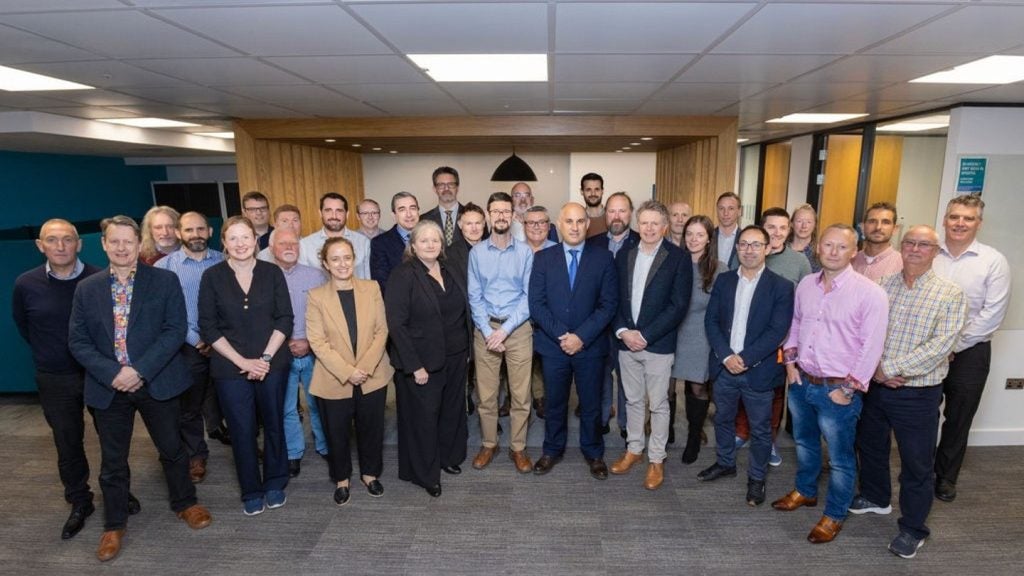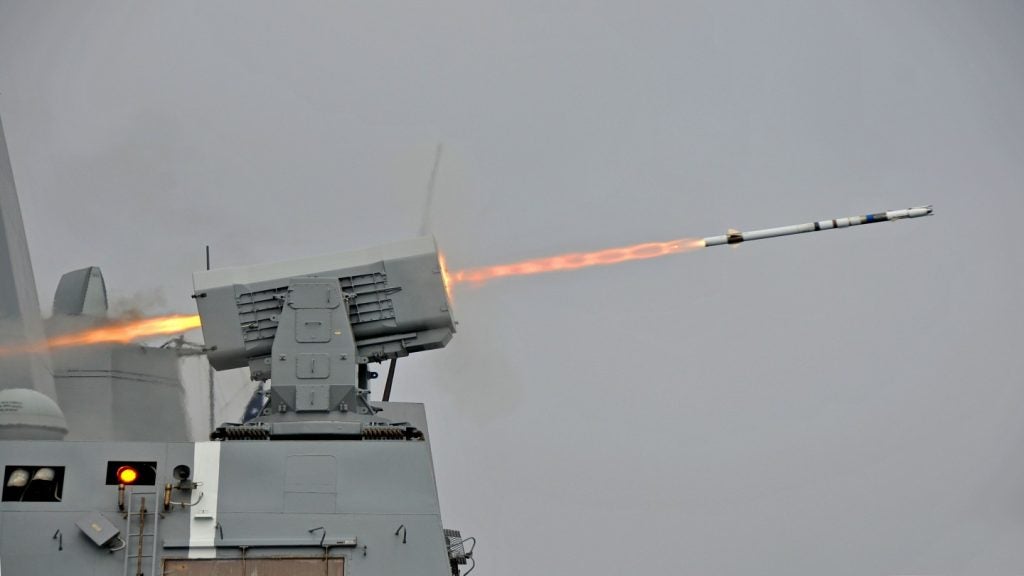
The US Marine Corps’ (USMC) Lockheed Martin-built two F-35B Lightning II joint strike aircraft have performed close formation while in short takeoff/vertical landing (STOVL) mode for the first time.
During the testing, pilots Peter Wilson and Dan Levin flew the two aircraft with the F-35B LiftFan engaged and engine rotated downward, in STOVL mode, which is also known as Mode 4.
The trials assessed the effects the aircraft had on each other in Mode 4 while ensuring the jets can operate in formation safely in an operational environment.
USMC is planning to declare initial operating capability with the F-35B JSF next year.
Currently under development in three variants, the F-35 JSF is a fifth-generation multirole fighter aircraft designed to conduct an array of ground attacks, reconnaissance and air defence missions with stealth capability.
The variants include a conventional take-off and landing (CTOL) aircraft for the US and allied air forces, a STOVL fighter for USMC and the Royal Navy, and a carrier version (CV) for the US Navy.
Powered by a single Pratt & Whitney F135 afterburner turbofan engine, F-35B can cruise at a maximum speed of 1,960km/h and has a range of 1,667km.
The single-engine F-35B aircraft will replace the F/A-18 Hornet and AV-8B Harrier II fighter aircraft currently in service with the USMC.
In addition to replacing the USMC AV-8B Harrier and F-18 Hornet aircraft, the other JSF variants will replace the air force’s existing F-16 Fighting Falcon and A-10 Thunderbolt II fleet, as well as the McDonnell Douglas F/A-18 Hornet aircraft for the navy.
Image: Two Lockheed Martin-built F-35B aircraft fly in formation. Photo: courtesy of Lockheed Martin / Michael D. Jackson.









